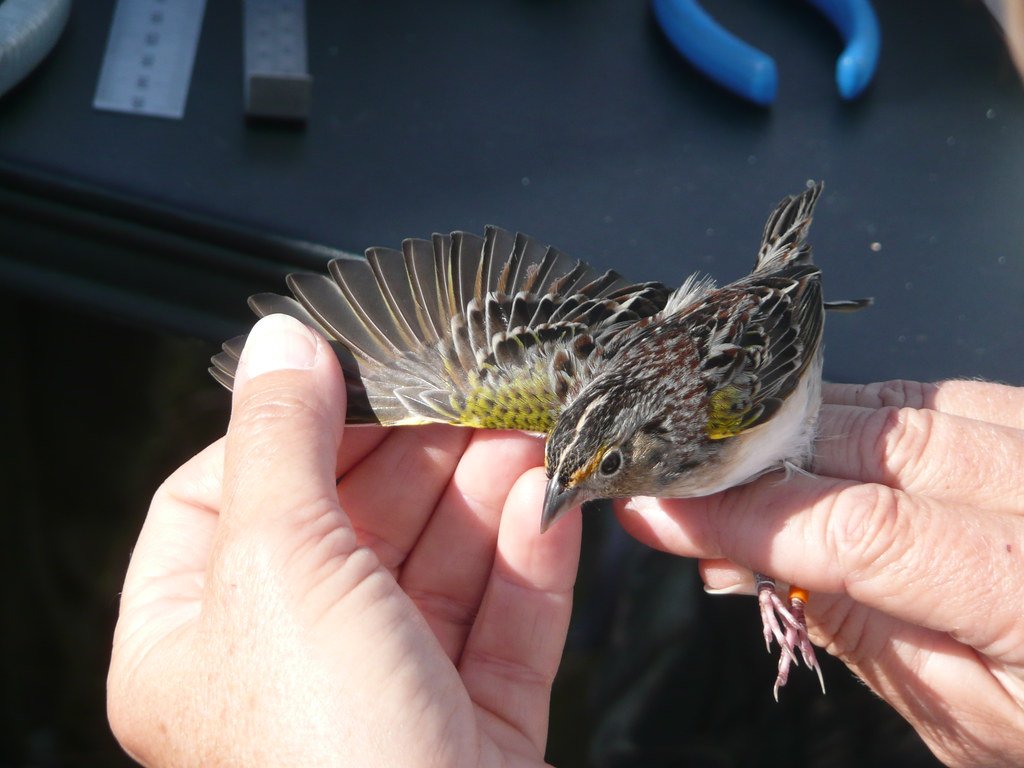The ocean is vast, mysterious, and awe-inspiring, covering more than 70% of the Earth’s surface. While the shimmering waves and vibrant marine life of the ocean’s surface capture our imagination, what lies beneath in the deepest parts of the ocean is equally enthralling but significantly less explored. The mysterious darkness of the deep ocean, known as the abyss, is home to creatures that challenge our understanding of life itself. Journey with us as we delve into the depths and uncover the bizarre and extraordinary inhabitants of the ocean’s most hidden realms.
The Abyssal Zone: Earth’s Last Frontier

Below 4,000 meters, the ocean enters the abyssal zone, an area devoid of sunlight and characterized by freezing temperatures and immense pressure. This realm, often regarded as one of the most inhospitable environments on Earth, is surprisingly vibrant with life. The organisms that inhabit this zone have evolved unique adaptations that enable them to withstand these harsh conditions, providing scientists with insights into the resilience of life.
Bioluminescence: Lighting Up the Darkness

One of the most striking features of abyssal creatures is their ability to produce light through bioluminescence. This phenomenon is not just for show; it serves various functions from attracting prey to deterring predators. The anglerfish, for instance, employs a luminous lure to draw unsuspecting victims into its reach, illustrating the dynamic uses of bioluminescence in the deep.
The Anglerfish: Master of the Abyss
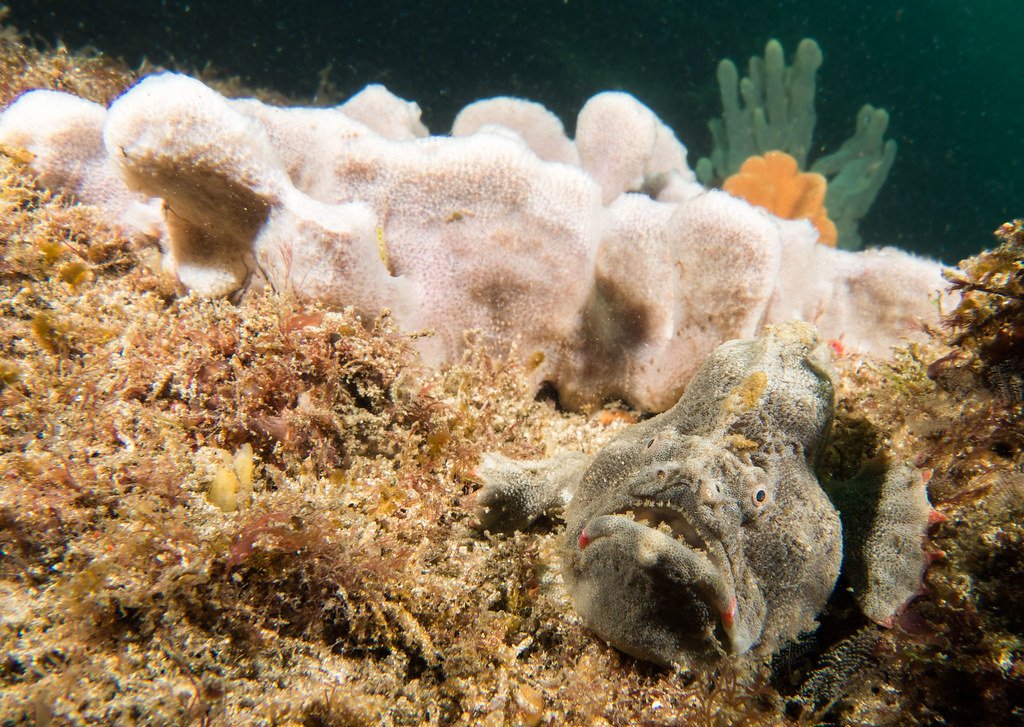
Perhaps one of the most iconic inhabitants of the deep sea is the anglerfish. With its ghoulish appearance and a bioluminescent lure dangling in front of its mouth, the anglerfish is perfectly adapted to the shadows of the abyss. This deep-sea predator epitomizes the unique evolutionary paths creatures take to survive under such extreme conditions.
More Than Meets the Eye: The Giant Squid
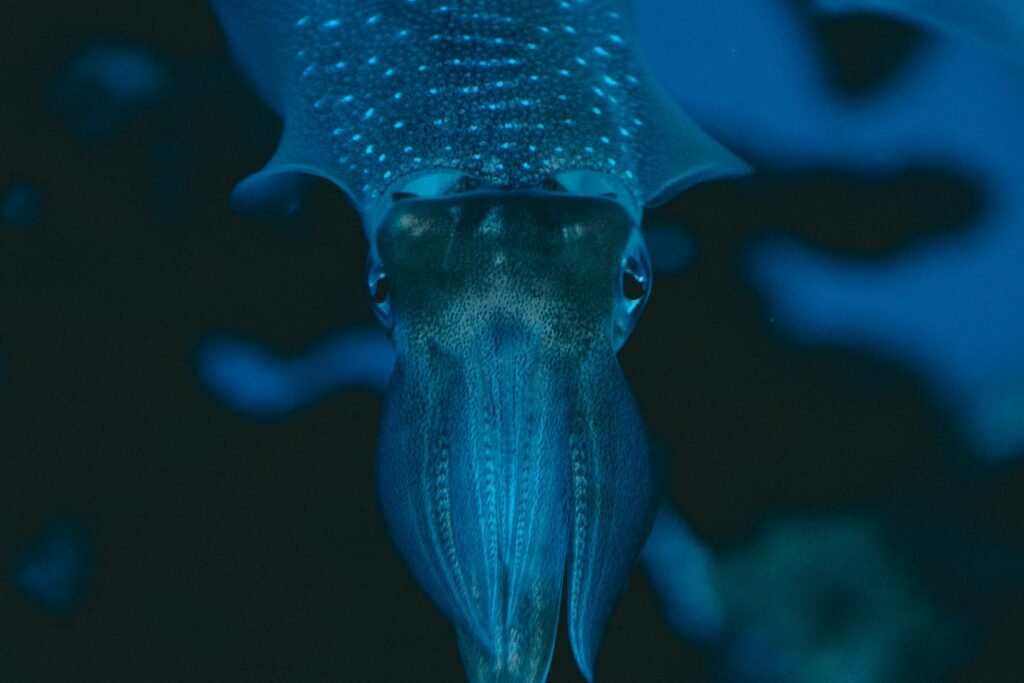
The giant squid, once the stuff of legend, is a real creature residing in the abyss. Measuring up to 13 meters in length, this elusive animal is perfectly adapted to its deep-sea environment. Equipped with large eyes to maximize light capture and swift movements to evade predators, the giant squid remains one of the ocean’s great enigmas, seldom seen yet leaving a significant impact on our myths and imaginations.
The Dumbo Octopus: A Deep-sea Delight
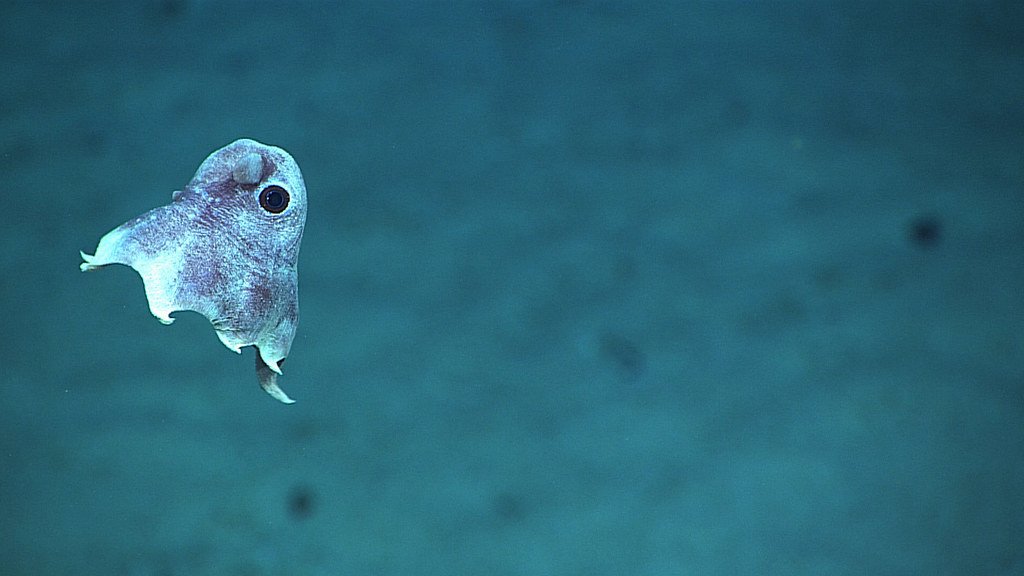
Named for its ear-like fins reminiscent of Disney’s cartoon elephant, the Dumbo octopus is an endearing denizen of the deep sea. Found at depths exceeding 3,000 meters, this octopus glides gracefully through the water, capturing food with its delicate webbed arms. Unlike its more aggressive counterparts, the Dumbo octopus is a gentle reminder of the diversity found within the ocean’s depths.
The Abyssal Plain: An Unseen World

Covering more than 50% of the Earth’s surface, the abyssal plains are vast, flat areas of the ocean floor. These expansive regions are home to a variety of specialized organisms, including polychaete worms and deep-sea cucumbers. Despite appearing barren, these plains play crucial roles in nutrient cycling and serve as resting grounds for an array of species.
Life Strategies: Surviving in the Dark
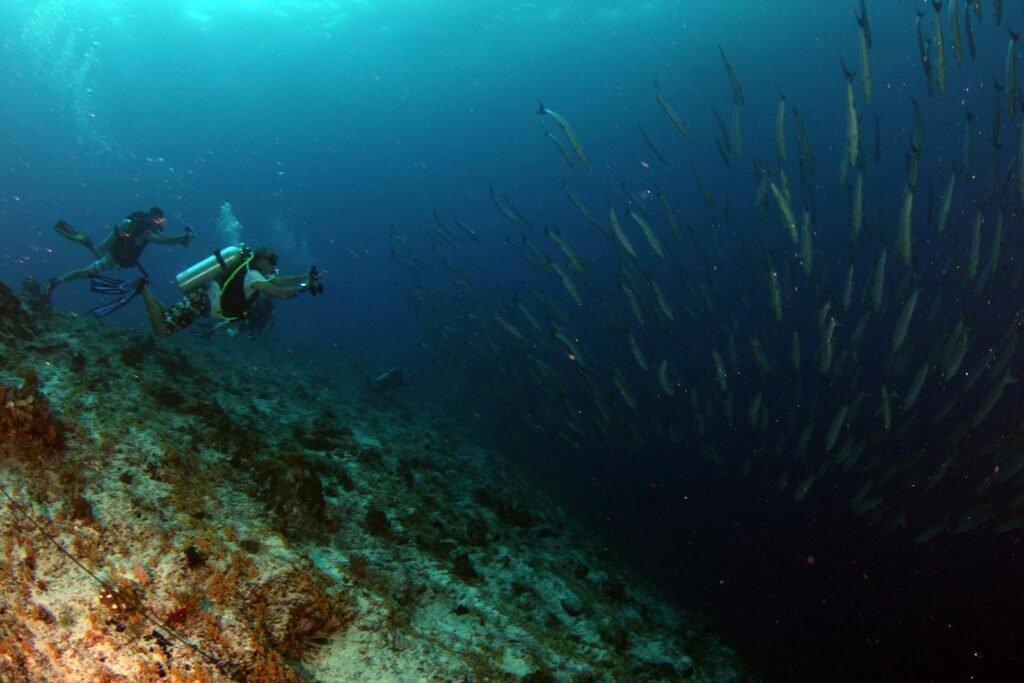
Life in the abyss requires ingenious tactics for survival. Many species rely on scavenging for nutrients that drift down from the upper ocean layers, while others, like the vestimentifera worm, form symbiotic relationships with chemosynthetic bacteria. These adaptations highlight the incredible resiliency and resourcefulness needed to thrive in one of the world’s most demanding environments.
Adaptations to Pressure

The average depth of the ocean is about 3,800 meters, where the pressure is more than 380 times that of Earth’s surface. Abyssal creatures have adaptations such as flexible cell membranes and unique protein structures that prevent cellular damage under high pressure, which enables them to survive and flourish at such great depths.
Unknown Territories: The Challenges of Exploration

Exploring the abyss is a daunting task that is rife with challenges. The extreme conditions, coupled with the vastness of the ocean, make research and exploration both technologically demanding and costly. However, advancements in technology such as remotely operated vehicles (ROVs) and deep-sea submersibles have begun to peel back the curtain on this hidden world, uncovering new species and phenomena with each voyage.
Deep-sea Gigantism: Growing Beyond Limits
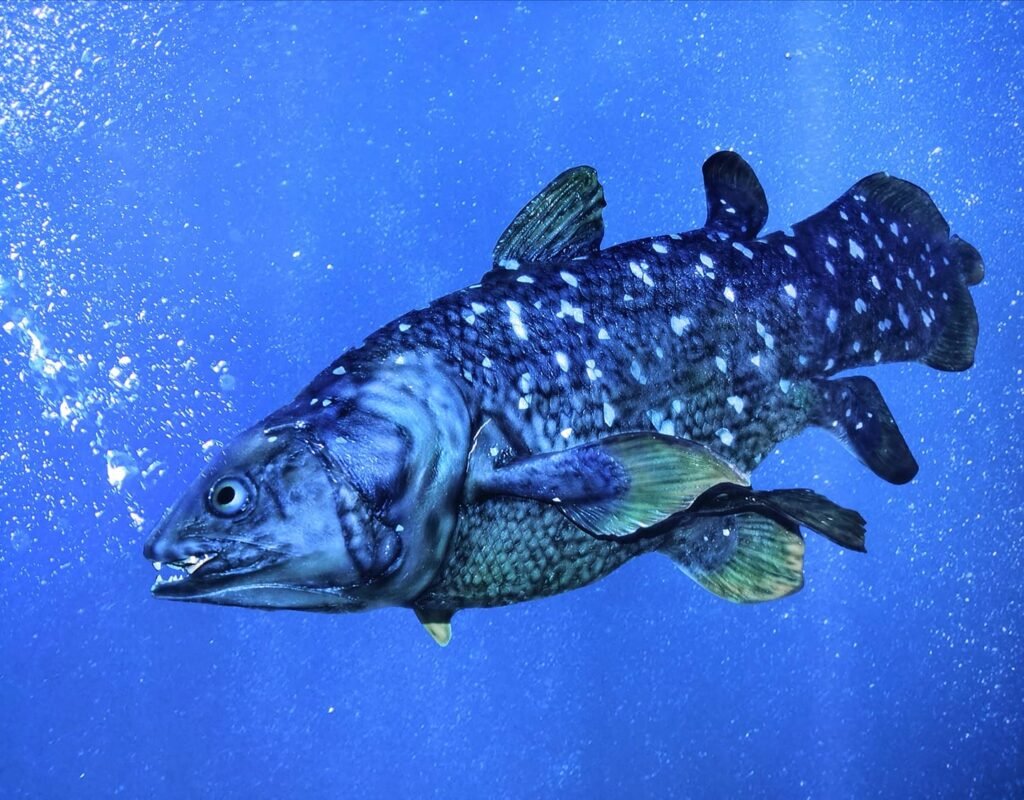
In the abyss, a peculiar phenomenon known as deep-sea gigantism is observed in various creatures that grow much larger than their shallow-water counterparts. Scientists believe this may be due to factors such as slower metabolisms, reduced predation pressures, and the necessity to store more energy. Examples include the giant isopod and the Japanese spider crab.
The Role of Sound

In the lightless depths, where sight is limited, sound plays a vital role for many creatures. Various species have highly developed sound detection mechanisms, using the auditory cues for navigation, communication, and hunting. The abyss resonates with the sound of communication, predator alerts, and mate attraction calls.
The Importance of the Abyssal Ecosystem
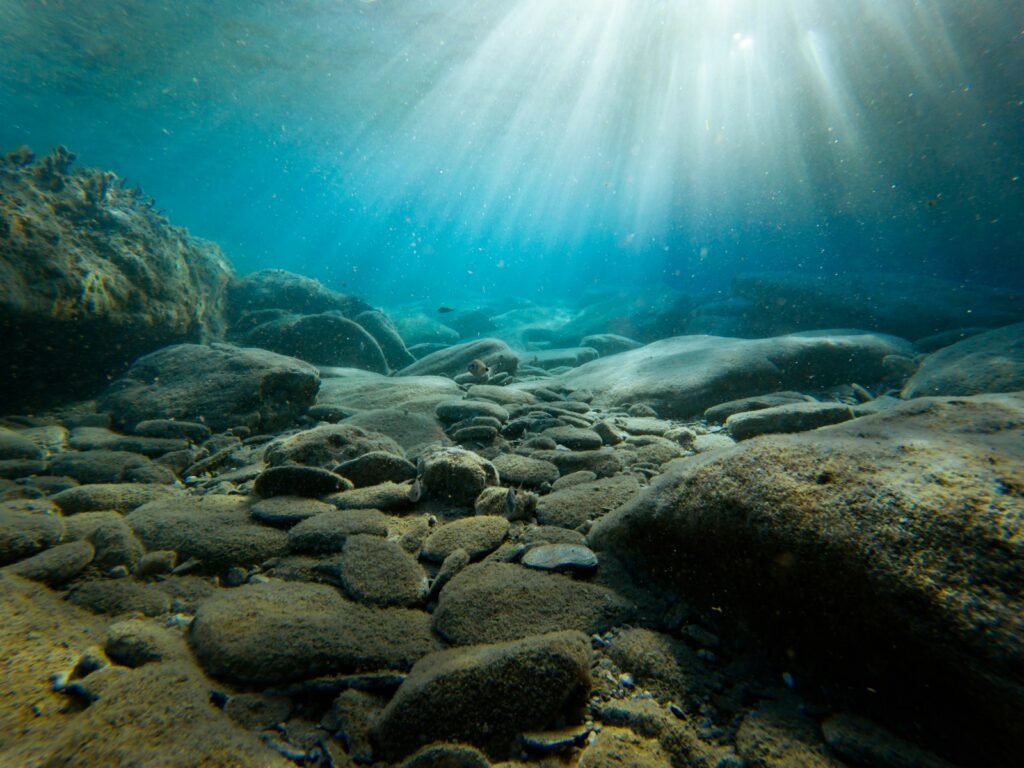
Despite its remoteness, the abyssal ecosystem plays a significant role in the global environment. It acts as a crucial carbon sink, helping to regulate Earth’s carbon cycle. The life forms found here contribute to nutrient cycling and the ocean’s biological productivity, underlining the interconnectedness of Earth’s biosphere.
Protecting the Abyss

As human interest in deep-sea resources increases, so does the impact on these delicate ecosystems. Mining, pollution, and climate change threaten to alter this remote environment irreversibly. Understanding and protecting the abyss is crucial, requiring international collaboration and sustainable policies to safeguard its unique biodiversity.
Final Reflections

The deep ocean remains one of Earth’s final frontiers, a mysterious realm teeming with life forms we are only beginning to discover and understand. Despite the challenges posed by this enigmatic environment, each exploration promises new insights and wonders, reminding us of the awe-inspiring complexity and adaptability of life. As we continue to map the ocean’s depths, it is crucial that we approach these discoveries with a sense of stewardship, ensuring the preservation of this remarkable and vital part of our planet.



